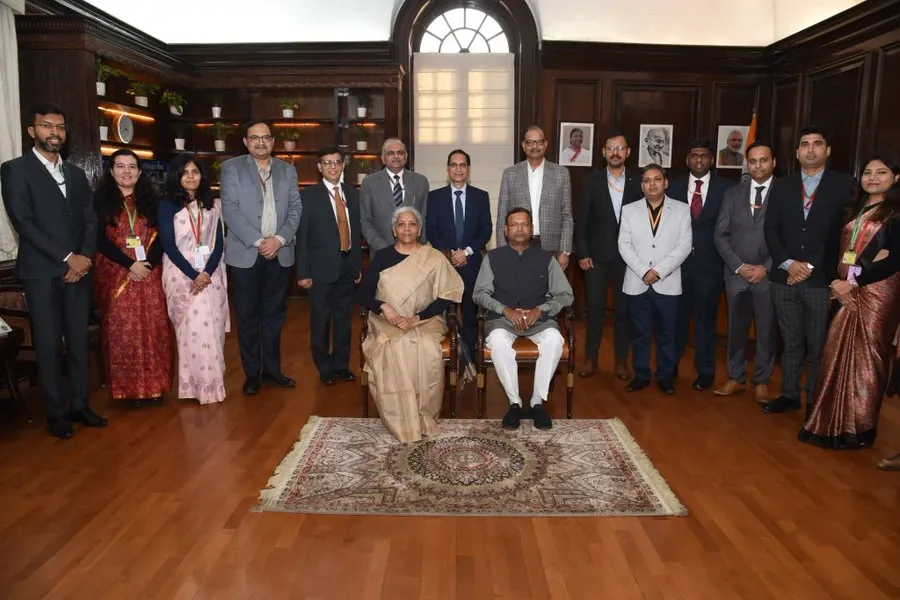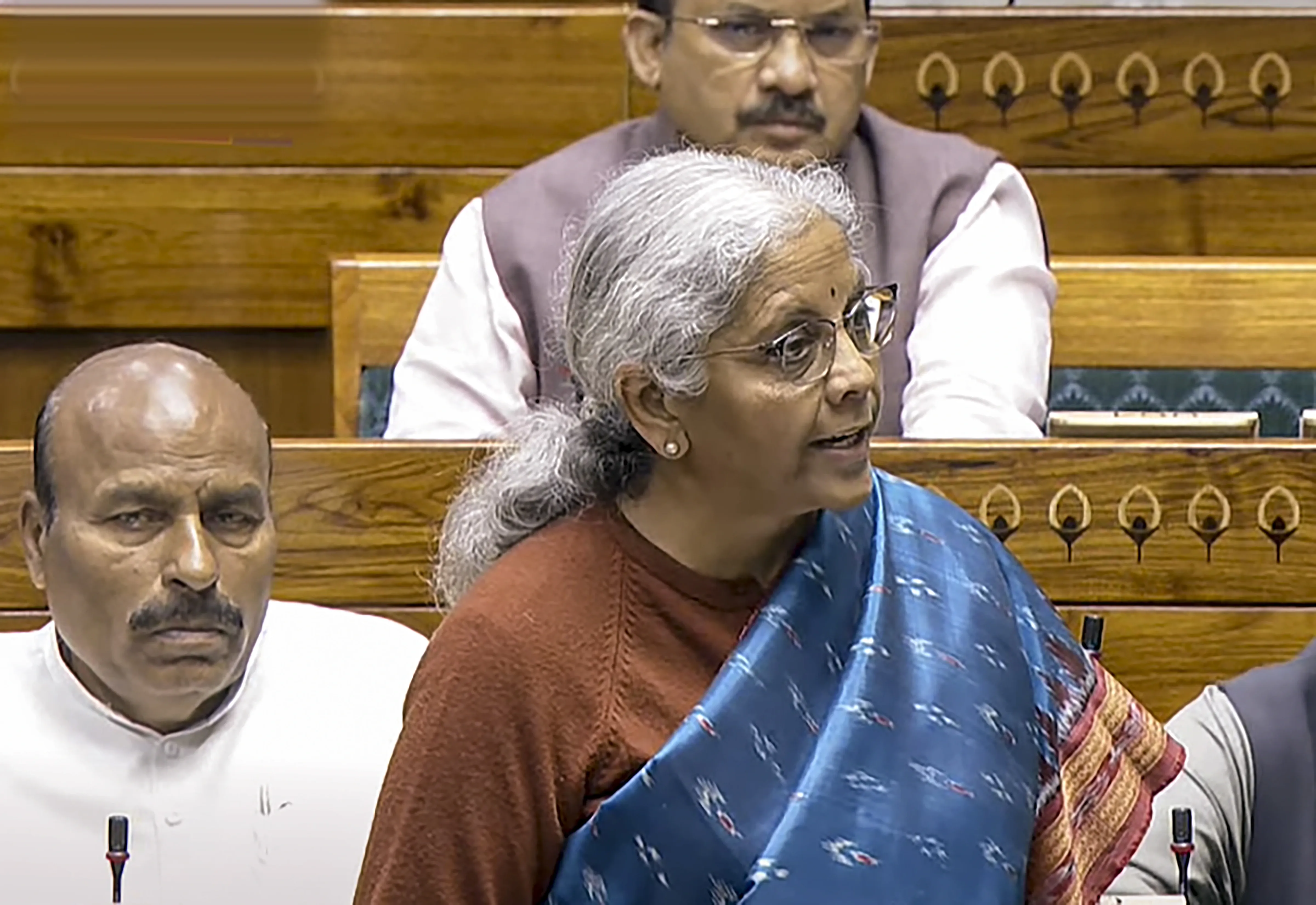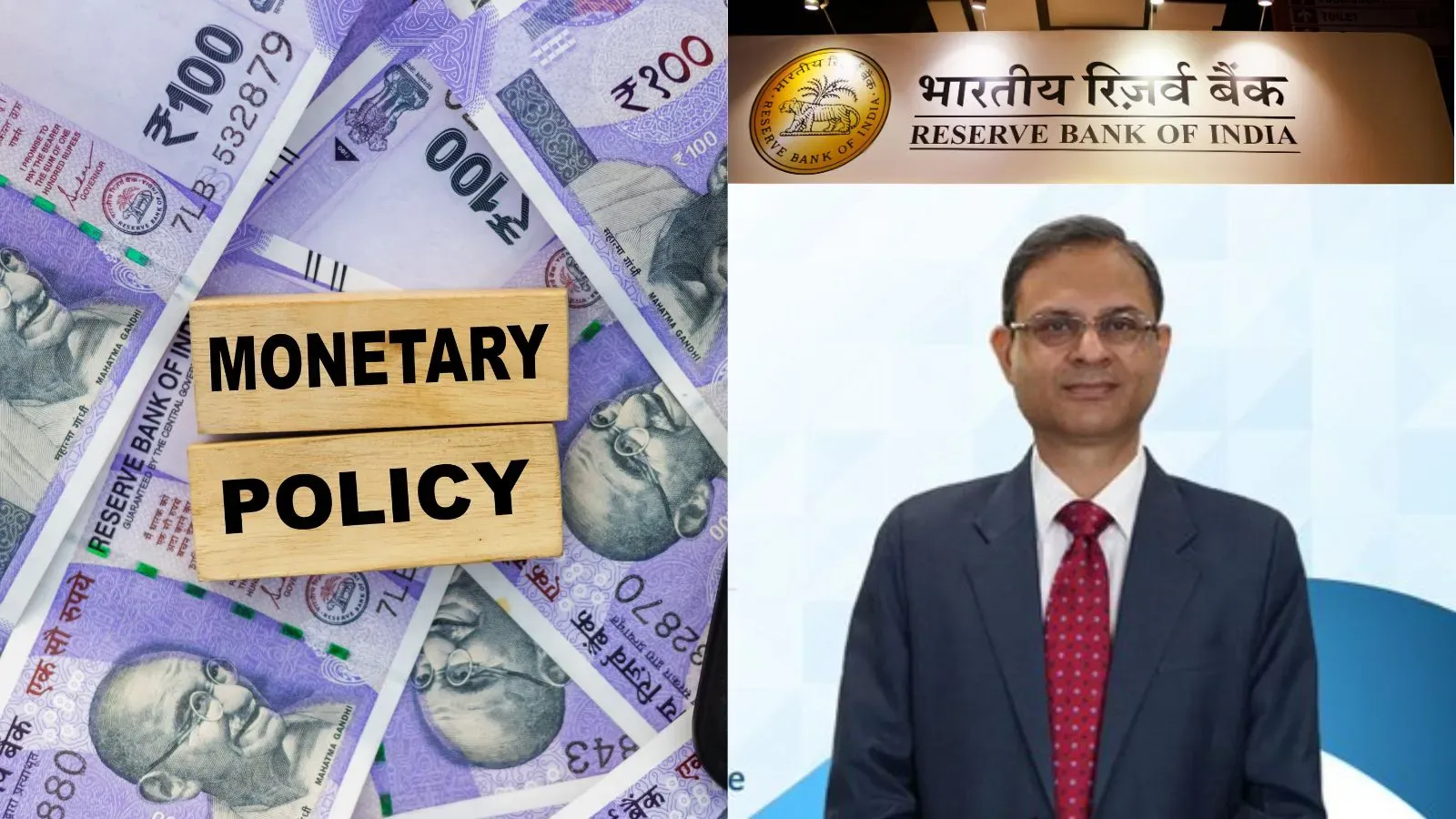Business News
Budget 2025: All eyes on Nirmala Sitharaman for income tax relief; here’s what to expect
.png)
4 min read | Updated on February 01, 2025, 06:05 IST
SUMMARY
Taxpayers are anticipating a revision in the limits of deductions and exemptions offered under Section 80C of the Income Tax Act, 1961, in the Union Budget 2025-26. Tax experts are calling for a complete revisit of the tax slabs and tax rates under both the old and new regimes, considering the impact of inflation on the value of money.

Union Finance Minister Nirmala Sitharaman, MoS (Finance) Pankaj Chaudhary with the CBDT Budget team on the eve of Union Budget. Image: X/@IncomeTaxIndia
Union Finance Minister Nirmala Sitharaman will present her record eighth consecutive Budget on Saturday, February 1, amid rising expectations from taxpayers.
Income tax is always one of the most talked-about aspects when it comes to expectations from the annual Union Budget. This year, it is even more critical as Finance Minister Nirmala Sitharaman is walking on a double-edged sword as India seems to be battling stagflation.
The economic scenario indicates that the Finance Minister would be trying to revive consumer demand in an inflation-ridden economy, while also trying to boost investments and capital expenditure to advance the gross domestic product (GDP) of the country.
It would be interesting to see how she manages to increase the disposable income in the hands of the taxpayers, while also keeping the fiscal deficit in check.
Let’s take a look at some of the top expectations on income tax relief from the upcoming Budget 2025, which will be presented on February 1.
Revising tax slabs
Tax experts are calling for a complete revisit of the tax slabs and tax rates under both the old and new regimes, considering that the rate of inflation has had a major impact on the value of money.
A key proposal is to raise the basic exemption limit under the new regime to ₹10 lakh.
This would mean that individuals earning up to ₹10 lakh annually wouldn’t have to pay any income tax if they opt for the new tax regime. At present, a tax rebate under Section 87A is available on an annual income of up to ₹7 lakh under the new regime and up to ₹5 lakh under the old regime.
The proposal will not just make the new income tax regime more attractive but will also boost liquidity in the hands of middle-class salaried taxpayers.
Scrapping of old tax regime
Markets are expecting the announcement on the timeline of scrapping the old income tax regime on February 1. Notably, for the assessment year 2024-25 (AY25), nearly 72% of the 9 crore income tax returns were filed under the new tax regime.
Paying tax is simpler under the new regime as it offers only limited deductions for which proofs have to be submitted. It is also the default tax regime for taxpayers starting from FY 2023-24. Hence, the government may pave the way for the new regime to be the only option to file the Income Tax Return (ITR), according to experts.
Higher standard deduction
Salaried taxpayers are hoping that the government will increase the standard deduction amount to ₹1 lakh from the current ₹75,000 under the new tax regime to keep the component in sync with rising living costs.
The standard deduction is a fixed amount that gets deducted from a taxpayer’s gross salary to lower his/her taxable income. It is like a deduction for necessary expenses for which gathering proofs can be difficult.
In the Union Budget 2024, Sitharaman had increased the standard deduction for salaried individuals to ₹75,000 from ₹50,000 earlier, under the new tax regime.
Deductions in Section 80C
Taxpayers are anticipating a revision in the limits of deductions and exemptions offered under Section 80C of the Income Tax Act, 1961, in the Union Budget 2025. The limit for deductions under section 80C was last revised during Budget 2014-15, where it was increased from ₹1 lakh to its current level of ₹1.5 lakh.
Experts are now seeking enhanced deductions for necessary expenditures like health and life insurance premiums that would encourage savings and financial security.
Simpler TDS provisions
As part of the exercise of “substantially revamping the Income Tax Act” as announced by the finance minister in her last budget speech, experts are also expecting a complete overhaul of TDS/TCS provisions. TDS refers to tax deducted at source, while TCS is tax collected at source.
The Budget 2025 may announce further streamlining of TDS rates with a more simplified slab structure that would have a lower number of rates. The move would ease TDS compliance burden.
Related News
By signing up you agree to Upstox’s Terms & Conditions
About The Author
Next Story


